Activity 2: Source Audio for Educational Use
Source: Free Sound https://freesound.org/
Learning Outcome: At the end of this unit the students will have successfully incorporated new technology and audio recording equipment which aligns with the development of digital literacy skills.
Activity: Students will be looking for sounds to be added in to use as sound bites in an audio book recording that they are developing.
Reflection: Students will access the Creative Commons site to find click sound clips that align with the mood of a mystery genre audiobook they will be creating. This site is user-friendly, offering a wide range of sounds in various time lengths, making it easy for students to find the perfect audio clips. The variety of options eliminates the need for extensive editing before use. Referring to this week’s reading, the selected sound bites reflect the concept that “sound bites are providing information in an auditory format that the user must interpret and associate with mental images based on the sounds” (Carter, 2012, p. 55), such as the ticking of a clock, the howling wind, or an eerie laugh. Since this activity is focused primarily on audio, it’s crucial that the chosen sounds are intentional and purposeful in creating the desired mood and atmosphere. There is also an option to use these sound bites as environmental soundscape (Carter, 2012, p. 57) whereas the sounds can be layered and interpreted in many different levels throughout the presentation of the story.
Sound: Clicking Clock
Licence agreement: Ticking Clock 05 Sec.wav by MATRIXXX_ — https://freesound.org/s/485407/ — License: Creative Commons 0
Sound: Spooky Laugh
Licence agreement: Scary Laugh 2 by SergeQuadrado — https://freesound.org/s/654522/ — License: Attribution NonCommercial 4.0
Reference
Carter, C. W. (2012, October 26). Instructional audio guidelines: Four design principles to consider for every instructional audio design effort. Techtrends: Linking Research & Practice to Improve Learning, 56(6), 54–58.
Freesound. (n.d.). Freesound: Collaborative database of creative commons licensed sounds. Freesound. Retrieved February 12, 2025, from https://freesound.org/
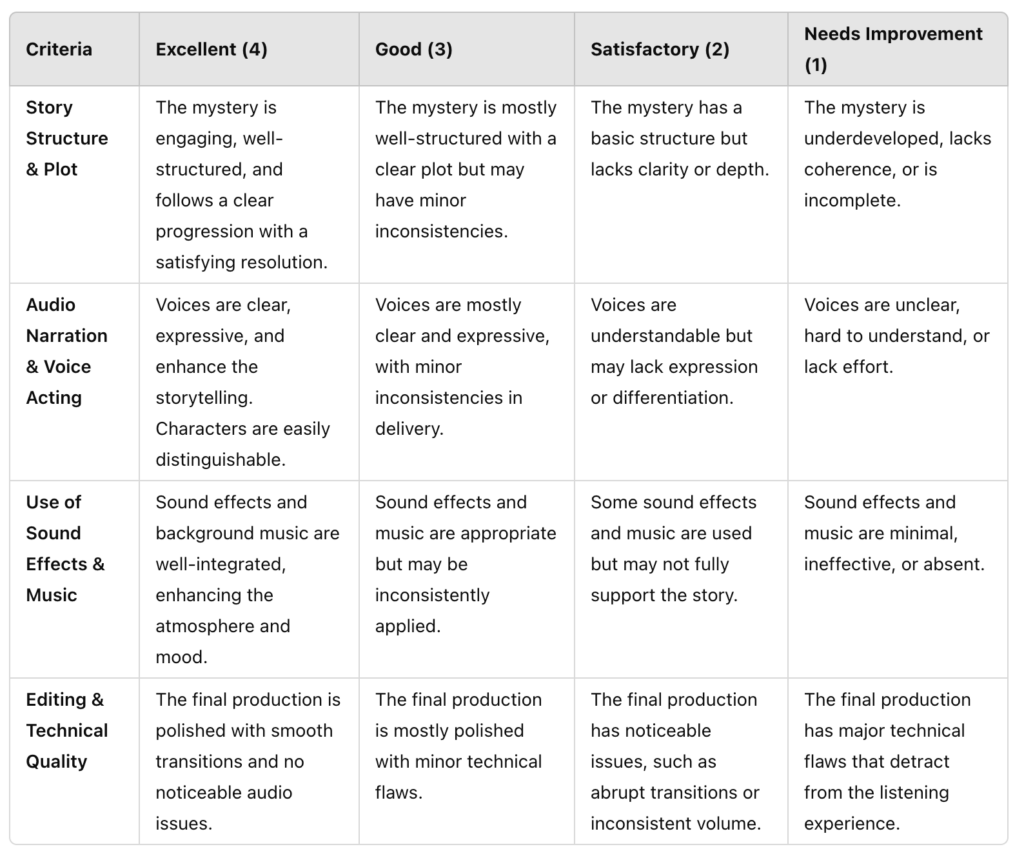
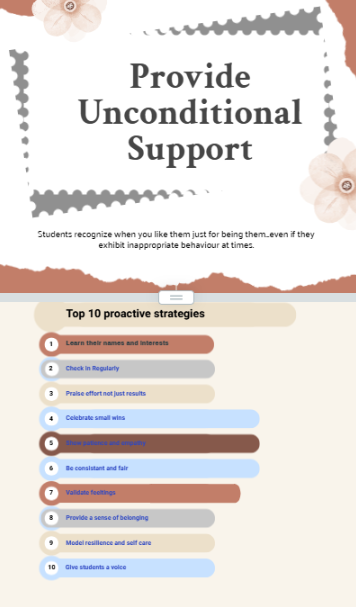

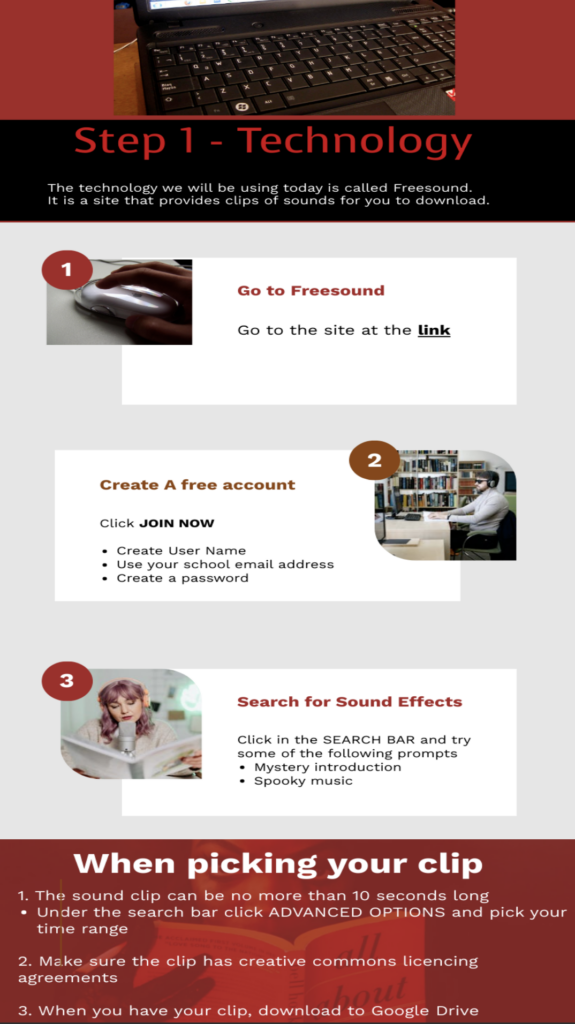
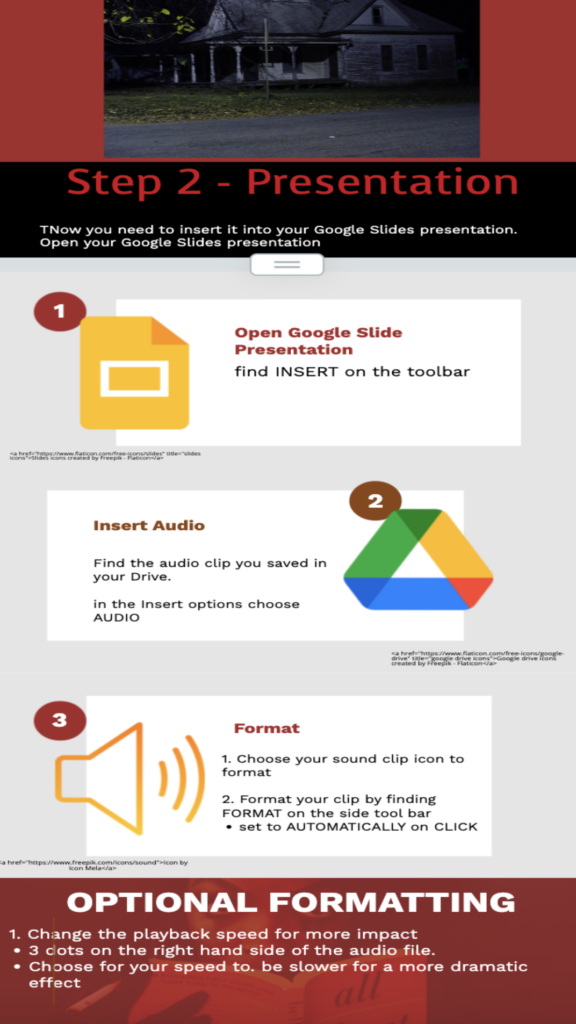
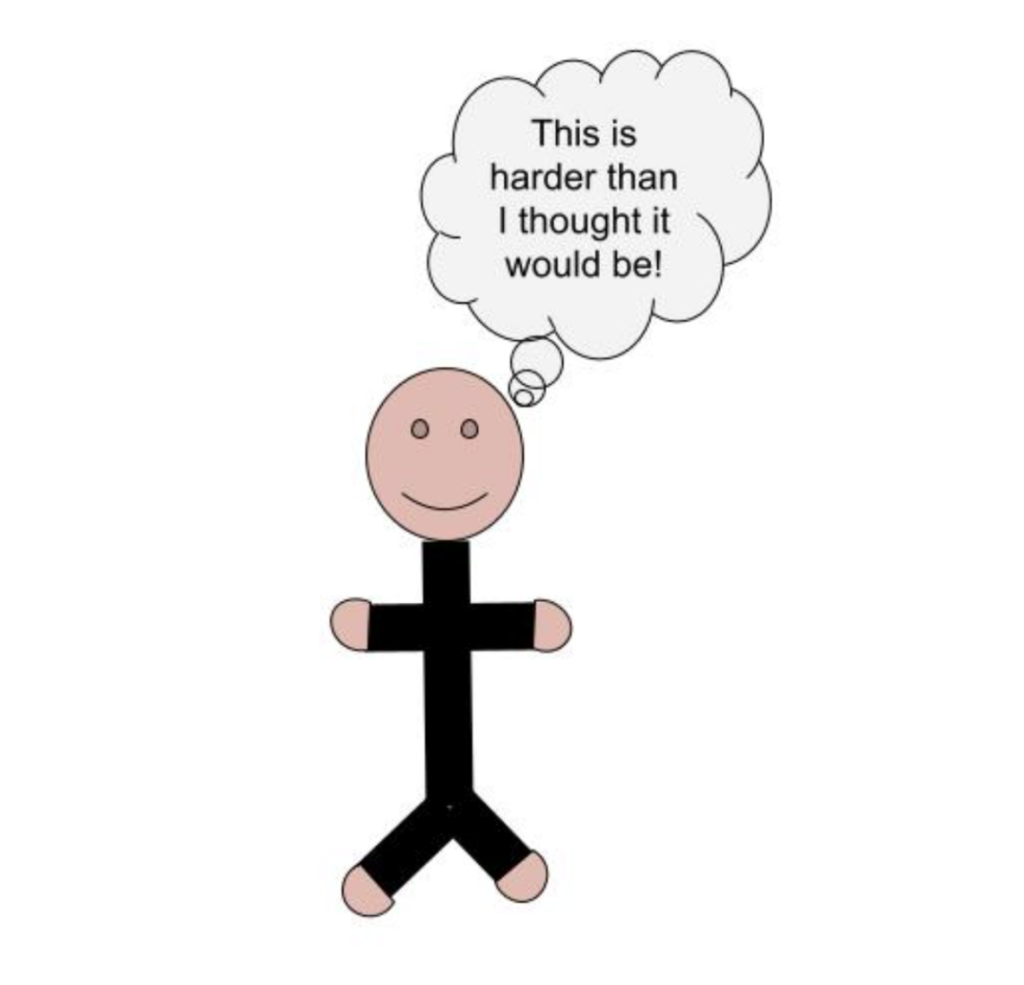



Recent Comments